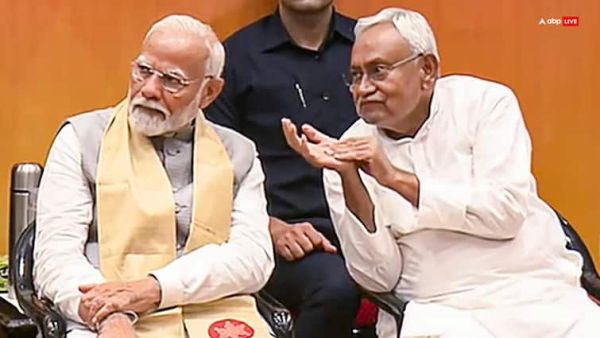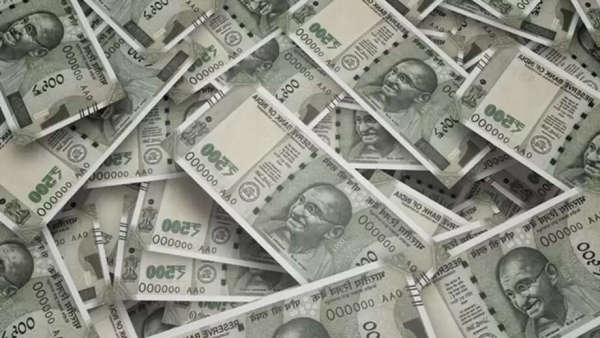
The National Democratic Alliance (NDA) has finalised its seat-sharing arrangement for the upcoming Bihar Assembly Elections, signalling a unified front to counter the opposition-led Mahagathbandhan.
Under the agreed formula, both the Bharatiya Janata Party (BJP) and the Janata Dal (United) will contest 101 seats each, while smaller NDA allies will share the remaining 41 constituencies. The Lok Janshakti Party (Ram Vilas) led by Chirag Paswan will field candidates in 29 seats, and both the Hindustani Awam Morcha (HAM) and the Rashtriya Lok Morcha (RLM) will contest six seats each. Candidate announcements are expected soon, followed by a full-fledged election campaign.
NDA's Journey Since 2005
The NDA first came to power in Bihar in November 2005, marking a turning point in the state’s governance. Since then, both the BJP and JDU have maintained a strong electoral presence. The alliance has also witnessed a steady rise in the BJP’s influence within the coalition. The current 2025 arrangement, with both major partners contesting 101 seats each, marks a first in Bihar’s long-running seat-sharing negotiations.
In 2005, the BJP contested 102 seats, winning 55 (a 53% strike rate), while the JDU contested 139 seats, securing 88 victories. The 2010 Assembly elections were a high point, with the BJP winning 91 out of 102 seats (89% strike rate) and the JDU securing 115 of 141. This period, the first term of Nitish Kumar’s government, is often described as a “golden phase,” with major reforms in governance, infrastructure, and women’s empowerment, including 50% reservation for women in Panchayati Raj and urban bodies.
However, political equations shifted in 2013 when Nitish Kumar parted ways with the BJP ahead of the 2014 Lok Sabha polls. Despite the BJP’s nationwide “Modi wave,” the 2015 Bihar Assembly elections saw the formation of the Grand Alliance, with the JDU and RJD each contesting 100 seats. The BJP won just 54 seats.
By 2017, Nitish Kumar rejoined the NDA, citing corruption charges against RJD leader Tejashwi Yadav. In the 2020 elections, the NDA—which included the BJP, JDU, HAM, and VIP, contested together, though the JDU faced a setback due to Chirag Paswan’s LJP contesting 137 seats, splitting votes. The BJP, however, won 74 of 110 seats, outperforming the JDU.
2025: A Strong NDA Face-Off In Bihar
The 2025 elections show a similar three-way contest among the BJP, JDU, and RJD, with the NDA aiming to leverage governance records and alliance unity. Unlike 2020, Chirag Paswan’s LJP is now firmly in the NDA fold, potentially preventing vote-splitting. Other parties, including Prashant Kishor’s Jan Suraj Party and Asaduddin Owaisi’s AIMIM, are expected to influence select constituencies by siphoning votes from both the NDA and the Grand Alliance.
As campaigning intensifies, Bihar is set for a closely fought election, with the NDA banking on alliance cohesion and past performance, while the opposition seeks to exploit anti-incumbency and local issues.
-
Tech Tips: Facebook and Instagram Reels can now be dubbed in multiple languages, including Hindi, know how...

-
Gold, Silver or Real Estate…where to invest money for the long term so that the returns are explosive..

-
Vivo Update: Vivo launches OriginOS 6, brings Apple-like look with AI features. When will your phone get the update?

-
Financial Tips: What should be your financial strategy after the loan is over? know here...

-
Dhanteras 2025: These 6 great investment options can brighten your portfolio and make you rich..
